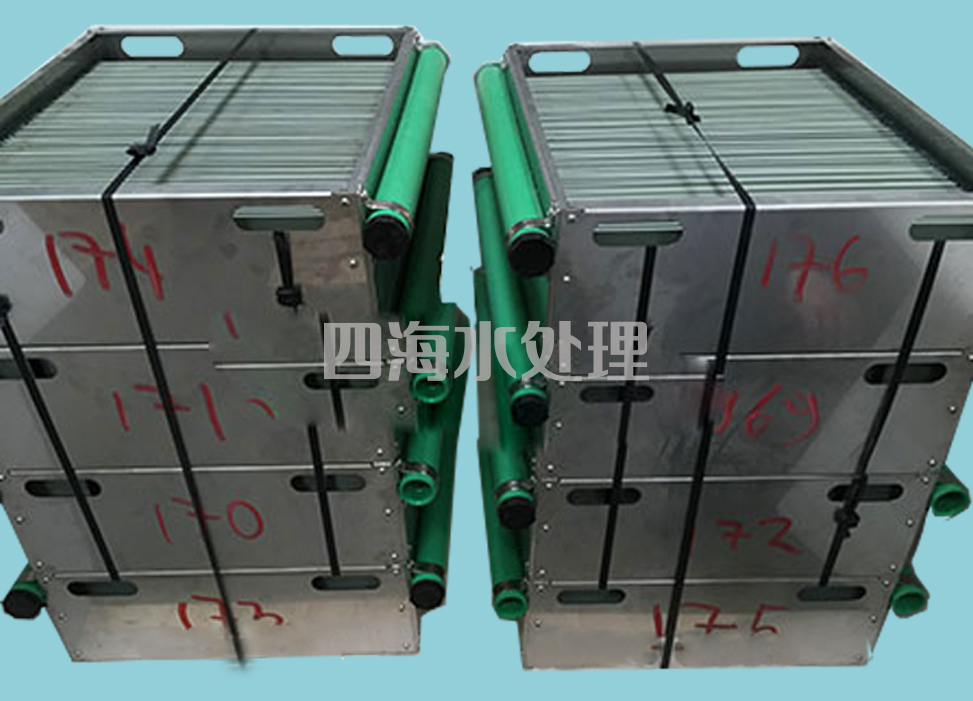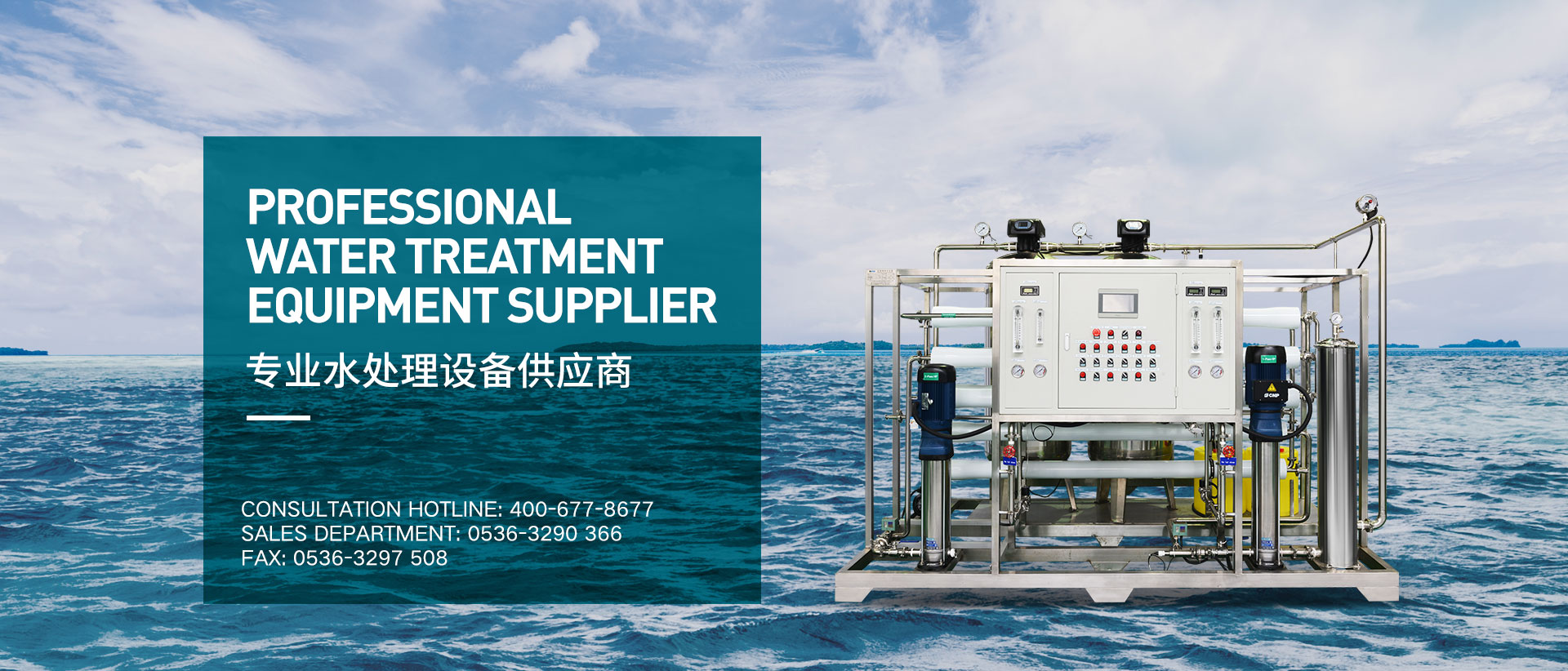MBR

Fundamental:
MBR refers to a new sewage treatment device that combines ultra-microfiltration membrane separation technology with a bioreactor in sewage treatment. This reactor combines the advantages of membrane treatment technology and biological treatment technology. The activated sludge in the MBR and the microbial groups on the activated sludge adsorb and decompose the soluble organic pollutants in the wastewater to purify the wastewater. The ultra and microfiltration membrane modules are used as mud-water separation units and can completely replace the secondary sedimentation tank. The ultra-microfiltration membrane intercepts the microbial flocs and larger molecular organic matter in the activated sludge mixture, so that it stays in the reactor, so that the reactor obtains a high biological concentration, and extends the residence time of organic solids, which greatly improves the microorganism The oxidation rate of organic matter.
Features:
1. Good effluent quality
2. Small footprint
3. Low operating cost
Classification of MBR:
The membrane bioreactor is composed of two parts: a membrane module and a bioreactor. The combination of the two parts and their respective properties determine the classification of the membrane bioreactor. Due to the different nature of membrane modules, MBR can be divided into internal pressure type and external pressure type. The water penetration direction of the internal pressure type is from the inside of the membrane to the outside, while the external pressure type is just the opposite. However, in practical applications, the external pressure type MBR is still relatively common, because the internal pressure type MBR is easy to block, resulting in a reduction in membrane flux, thereby reducing the treatment effect of the MBR.


 Phone
Phone Message
Message